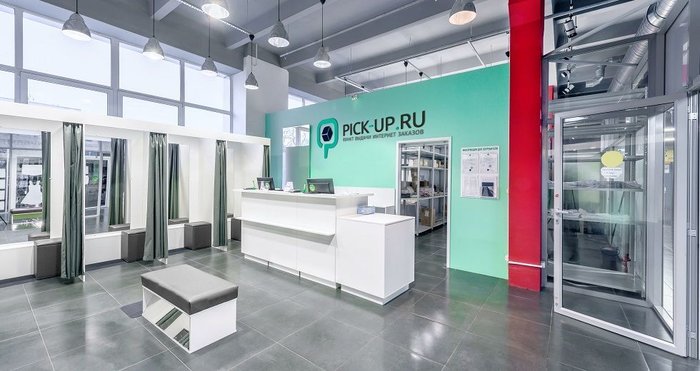Tatyana Yampolskaya is a professional reciprocal operator (PRO) partner at Last Mile Experts, specializing on CEP and e-commerce advisory.
Only 10 years ago, most companies in Russia offered predominantly delivery to the local post office via Russian Post, or home delivery provided by parcel carriers.
The first Russian pick-up and drop-off locations (PUDOs) opened in January 2010, and by 2017 there were about 9,000 PUDO points across the country*. Together with 850 parcel terminals, PUDOs handled 15% of the total market volume by the beginning of 2017. Russian Post, with its 42,000 post offices, remains the market leader.
What do Russian consumers want from PUDOs?
As with most PUDO initiatives, proximity, convenient opening hours and customer experience are fundamental. Furthermore, cash on delivery (COD) is still a preferred payment option in Russia.
Most last-mile carriers launched PUDO projects as a logical extension of their core delivery business, to react to the fast-developing Russian e-commerce sector. Bricks-and-mortar retailers started to “sell” their networks as PUDOs.
What’s next for PUDOs in Russia?
The importance of PUDOs and parcel terminals will continue to grow in Russia. Russian e-commerce doubled in value from 2014 to 2017, reaching 1290bn roubles** (US$22.3bn). The market needs to offer convenient access points for online shoppers who are looking for the freedom and flexibility to choose when and where they collect their parcels. PUDOs might not be a complete solution, but are an essential part of offering delivery flexibility.
Still, there is a huge space to increase PUDO network density. Currently, no towns with fewer than 10,000 inhabitants are covered by PUDO networks*. Fast expansion is possible through partnership with retailers – or any other suitable network – present in the catchment area, but the partner must have a genuine interest in developing the PUDO.
Last year, state-owned bank Sberbank and Russian tech company Yandex announced they have invested 60bn roubles (US$1.03bn) in a joint venture developing e-commerce in Russia.
More recently, Russian Post announced a strategic partnership with Magnit – a nationwide retailer with 16,300 stores – and VTB bank, which may also bring interesting new developments of last-mile services and infrastructure to the country.
Offline and online retail will continue to converge. Offline retailers will continue to test e-commerce-related activities in their stores. Integration of these services into their core business will help to improve retailers’ profitability.
Russian Post will continue to improve its service quality. Competition between commercial carriers is intensifying, and Russia Post has a definite advantage of speed of reaction and flexibility.
PUDOs themselves will introduce new services, not only B2C but also for C2C and B2B parcels, such as accepting COD payments by credit card, and will, over time, be complemented by parcel lockers and, in the longer-term, by parcel robots.
Mobile applications for PUDO operators will be enhanced to speed up processes and improve the customer experience.
As for parcel locker networks, we’ll cover that another time. But, to give you a taste, domestic operator Pick Point has a network of over 1,000 parcel lockers, as well as a PUDO network.
Parcel locker players InPost and Logibox left the market in recent years. Given the popularity of out-of-home delivery options in the growing Russian e-commerce sector, there seems to be growth potential for parcel locker networks.
However we look at it, PUDOs and parcel lockers are here to stay in the Russian market. The challenges are to make them more sophisticated, more user-friendly, and more widely available.
March 20, 2018
* Data Insight, Parcel terminals and Pick up Points in e-commerce, March 2017
** Data Insight, Logistics services for internet shops: Main report 2017, December 2017



